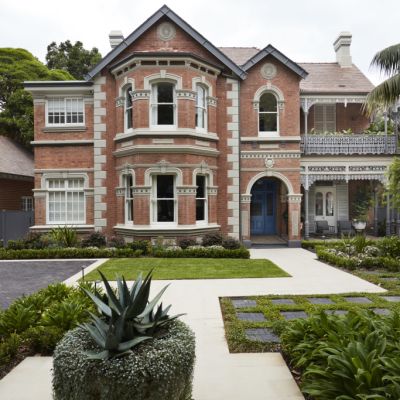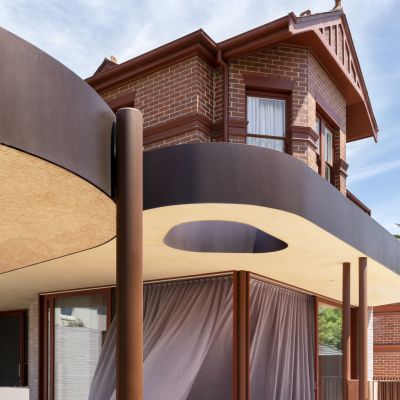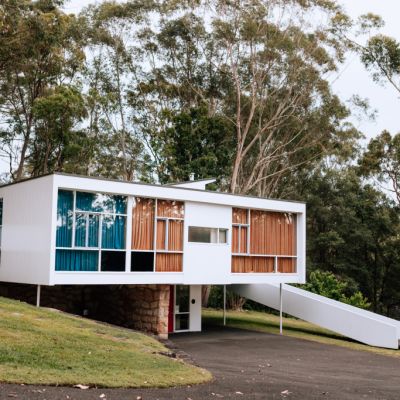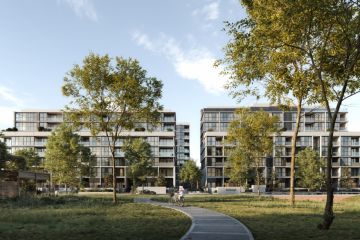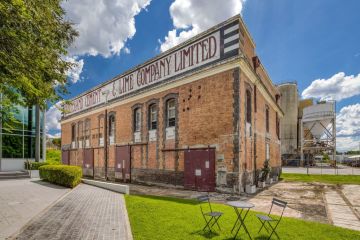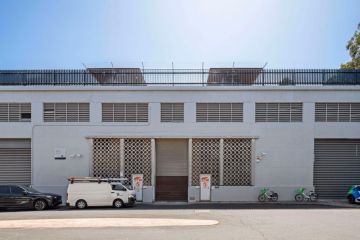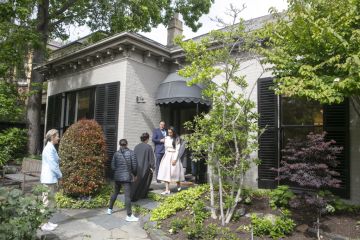Meet the owners adding heritage back into their homes
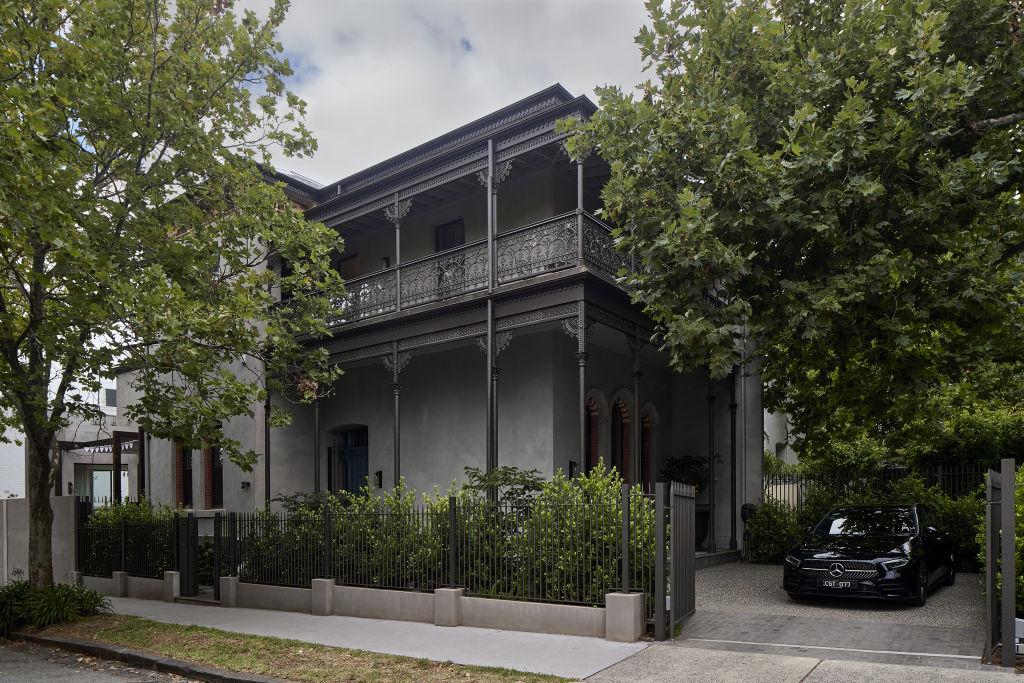
Buying a heritage home can be like starring in an episode of Who Do You Think You Are?
Moving forward – to modernise and improve functionality – requires acknowledging the past.
What architects and designers discover in archives is not only a basis for council planning permission but also a source of awe for the owners.
This process can also be a turning point in the brief.
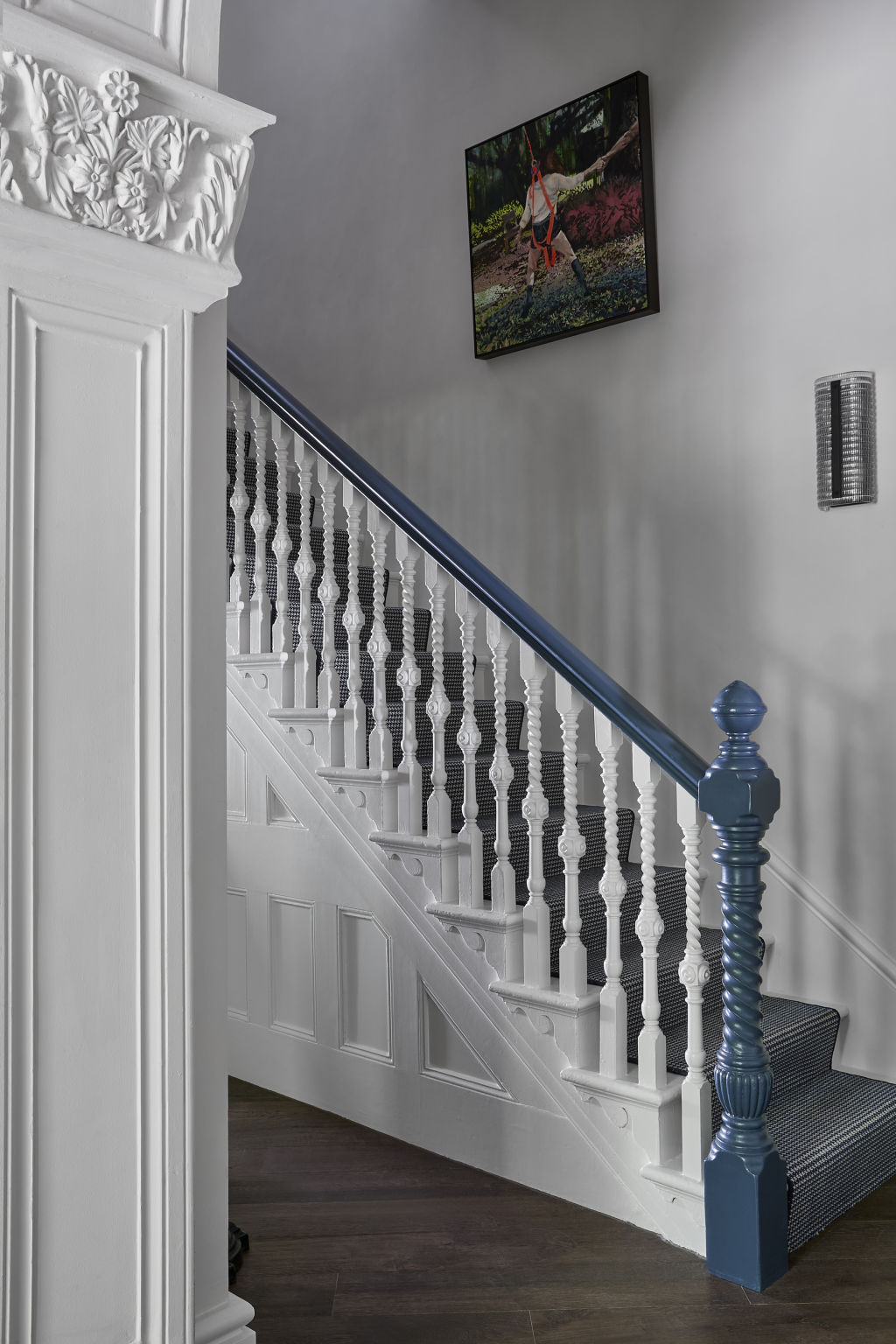
RBA Architects and Conservation Consultants principal Phillipa Hall says it is important to advocate for history. At times, owners have their heart set on a demolition but cannot due to heritage rules.
“We had a client stop a Zoom meeting and say, ‘I feel like I am on an episode of Who Do You Think You Are? You’ve uncovered all this stuff that I had no idea about’,” Hall says.
“There are often photographs and newspaper articles about a place that nobody has seen since they were originally done.”
A significant spike in keyword searches for “art deco” on Domain points to a heritage renaissance in the market.
The 1930s style is defined by embellishments that speak to social renewal in Melbourne after the Great Depression.
In Melbourne, “art deco” was the second-most searched keyword in 2024, up from eighth in 2023, according to Domain’s End of Year Wrap. “Heritage” surged to eighth, from outside the top 30.
Nationally, “art deco” debuted in the top 20, landing in 12th place.
Domain’s chief of economics and research, Dr Nicola Powell, says buyers want to live as close as possible to the CBD, where heritage properties are a signature.
Search patterns likely show buyers narrowing preferences using the hallmark styles of their desired suburbs.
St Kilda Hill House
For principal architect Kathryn Robson and principal interior architect Chris Rak of studio Robson Rak, the allure of these eras has never been in doubt.
Their St Kilda Hill House transformation won the City of Port Phillip Urban Heritage Design Award last year.
The impeccable rebuilding of the ramshackle Victorian terrace gained not just an award but also the approval of an invested community.
A grand, second-storey balcony had been torn off in the sixties – an act Rak says was akin to “chopping the nose off an ancient Greek statue”.
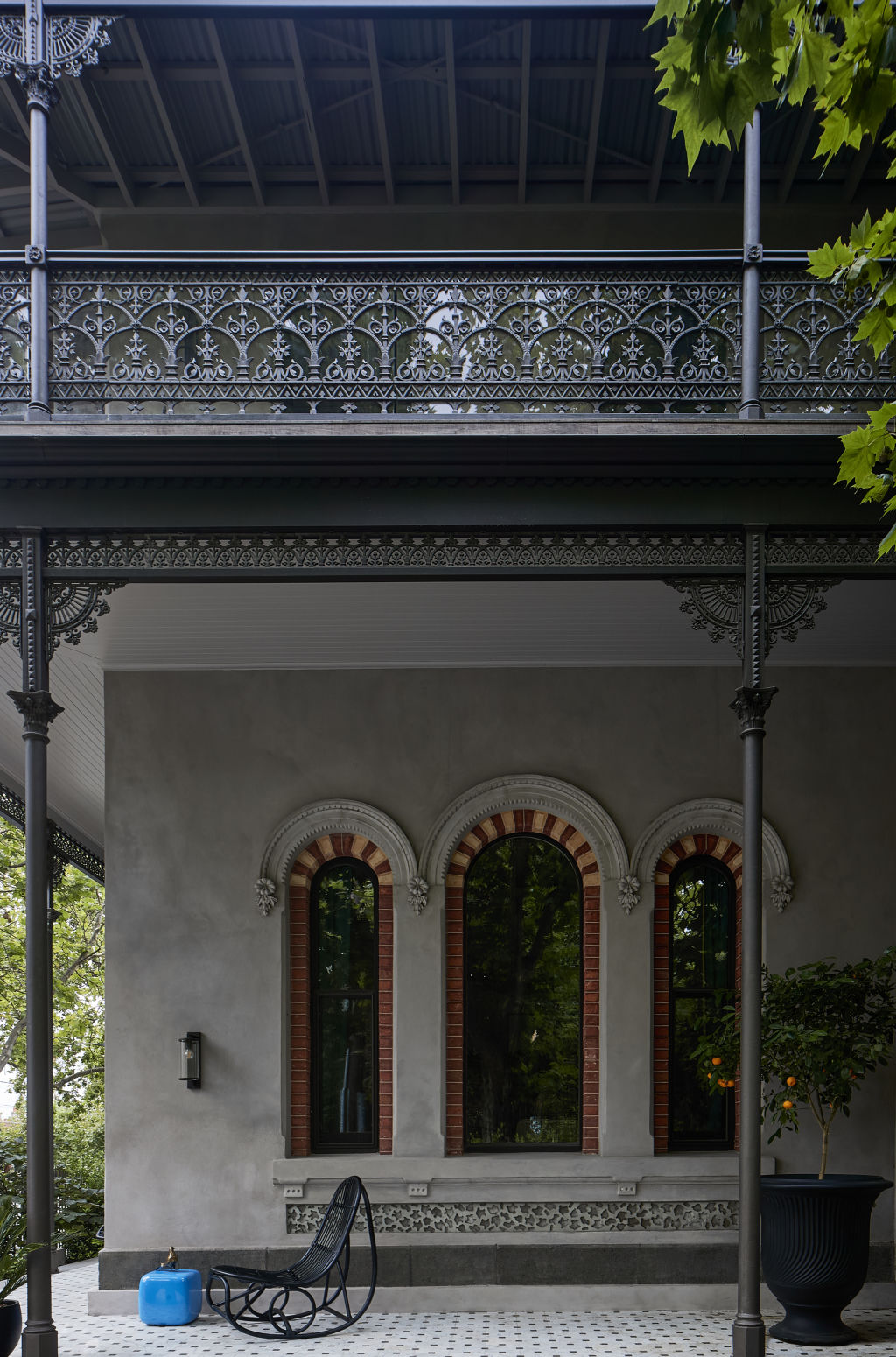
“Half of the building was sinking, and the owner committed to reinstating it to the grandiosity it deserved,” Rak says. “The neighbours are still stopping the owners and commending them for what they have done.”
Spanish Queen House
Authentic internal flourishes had also been removed, so Robson Rak designed new architraves, cornices and skirtings with a classic yet contemporary feel.
Robson Rak’s Spanish Queen House was a restorative project to open up “small and pokey” areas, adding features that marry with the bungalow bones.
These included taking out a narrow staircase and replacing it with a traditional but spacious version above a new bar. The stairway is no longer a thoroughfare but now somewhere to pause and enjoy.
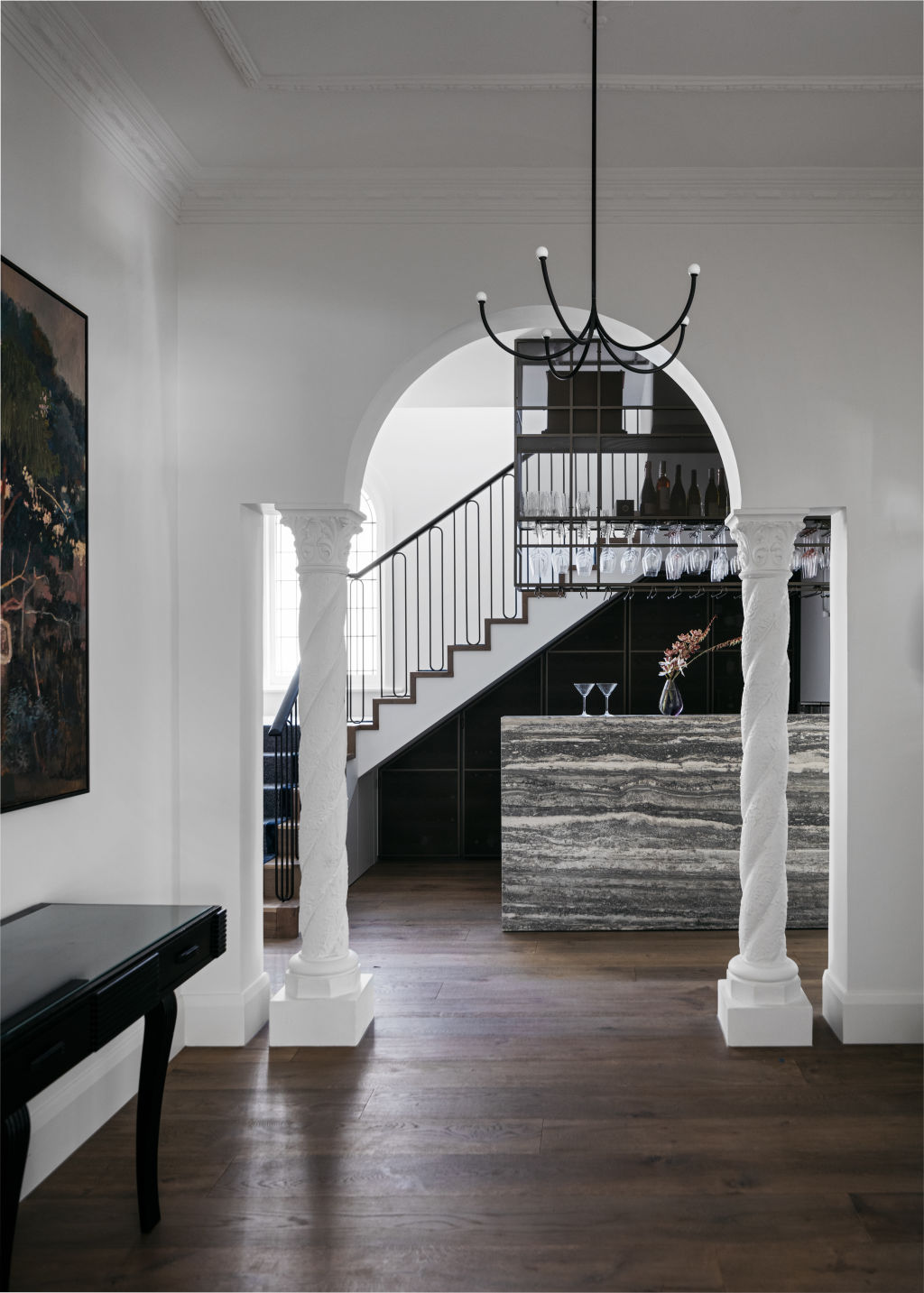
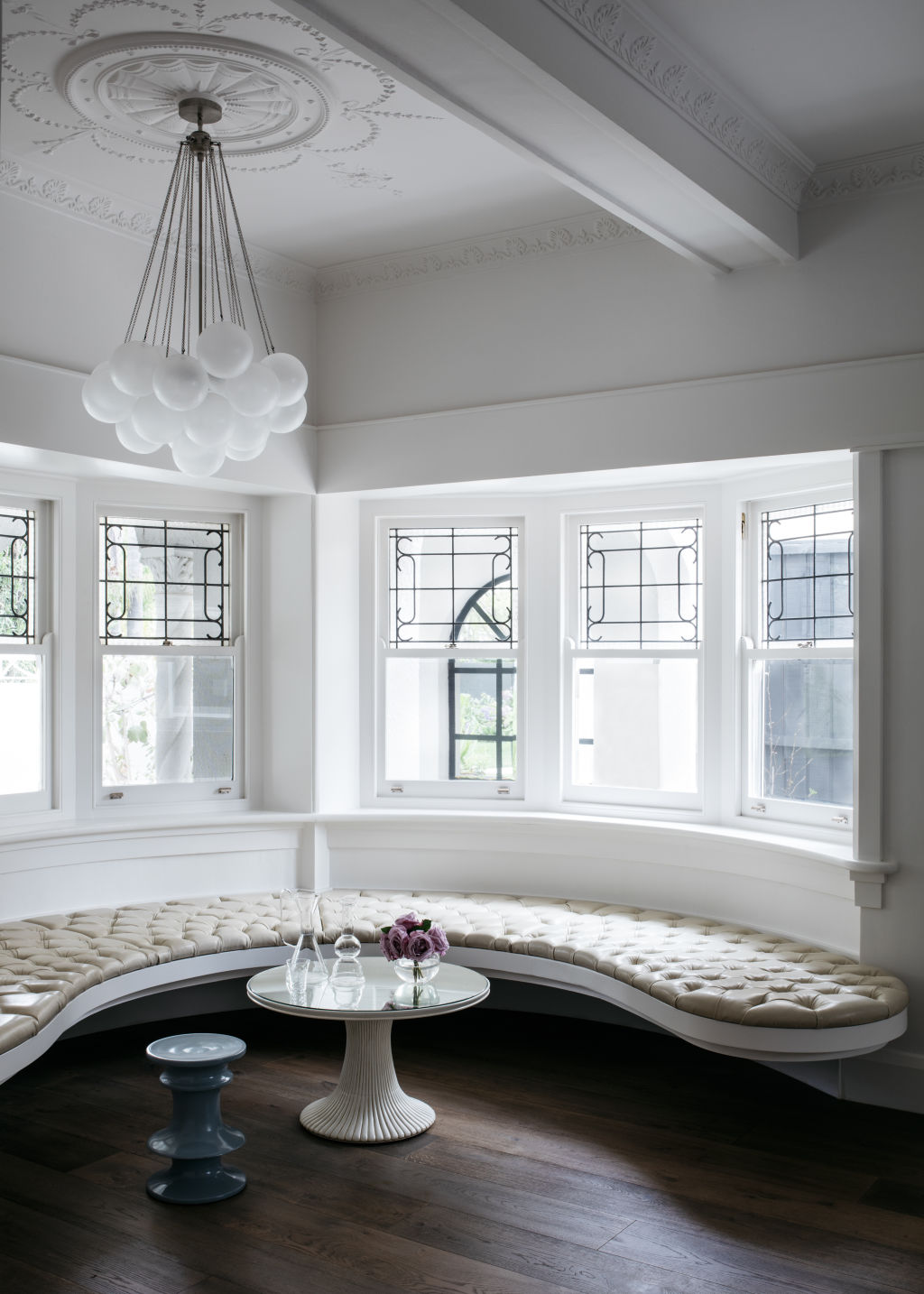
Robson says they strive for an extension to communicate with the original building via a transition moment.
“We tend to incorporate some sort of link between the old and new, and often we have done that through an internal atrium garden; something to punctuate the space, and that aids to let light and greenery into all parts of the house,” Robson says.
Hall explains that as handsome as heritage homes are, some are blemished by outhouses and rear laundries. Add a 1980s kitchen renovation, and the straggling floor plan is not fit for modern life.
“Rationalising and simplifying layouts is really key,” she says.
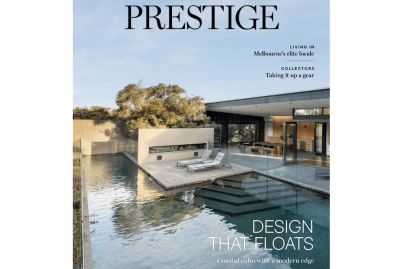

Navigating heritage overlay
However, age does not necessarily equate to heritage protection.
Supa Group building firm director Neil Gardiner says the nearer to the CBD, the more likely it is to encounter a heritage overlay.
He says council guidelines will apply to front setbacks and facades to ensure all dwellings in an area are archetypical. Some external controls dictate aesthetics and almost always prevent changing the look from the street.
“In this instance, councils will be fussy about paint colours,” Gardiner says.
Hall has worked on restorations where paint alone was the subject.
“We went to a Federation house and took paint scrapes from windows, door frames, weatherboards and cornices, and we have a microscope in the office that allows us to view the layers of paint as it has built up over time,” Hall says.
“We can recommend to the client what they can put back. Sometimes it is replicating the original, but sometimes not. We are guided by the original, putting on another layer of history.”
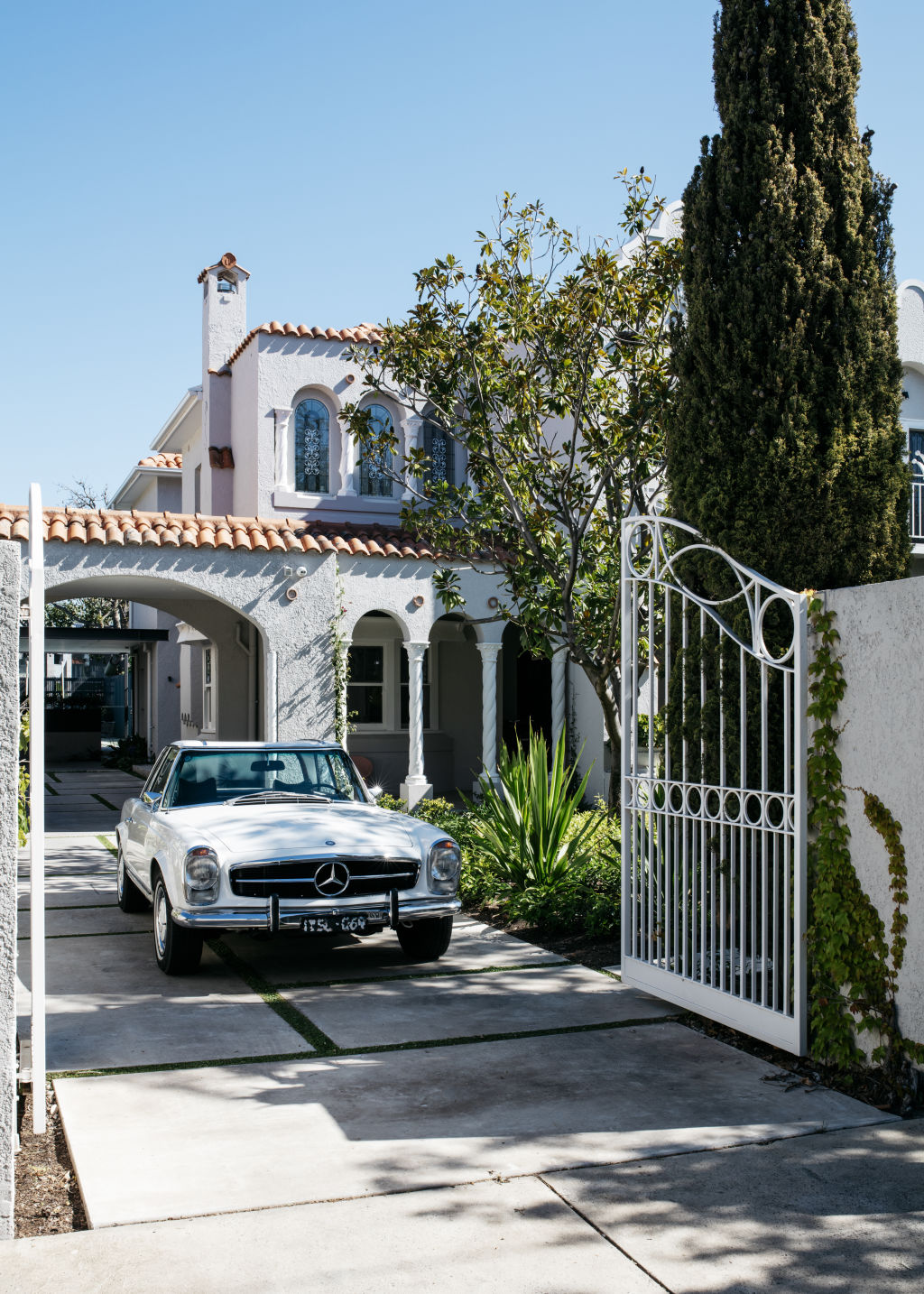
Changes to the Heritage Act in February last year were largely administrative, clarifying timelines and processes. However, Hall says the approach to design is the same.
“Heritage is not a restraint, it is an opportunity,” she says.
“These places can bring back memories or inspire wonder, joy, curiosity and pride, and they also give a sense of belonging.
“If we were to lose these kinds of places and the way we experience them, we would lose a lot of connection.”
We recommend
We thought you might like
States
Capital Cities
Capital Cities - Rentals
Popular Areas
Allhomes
More
